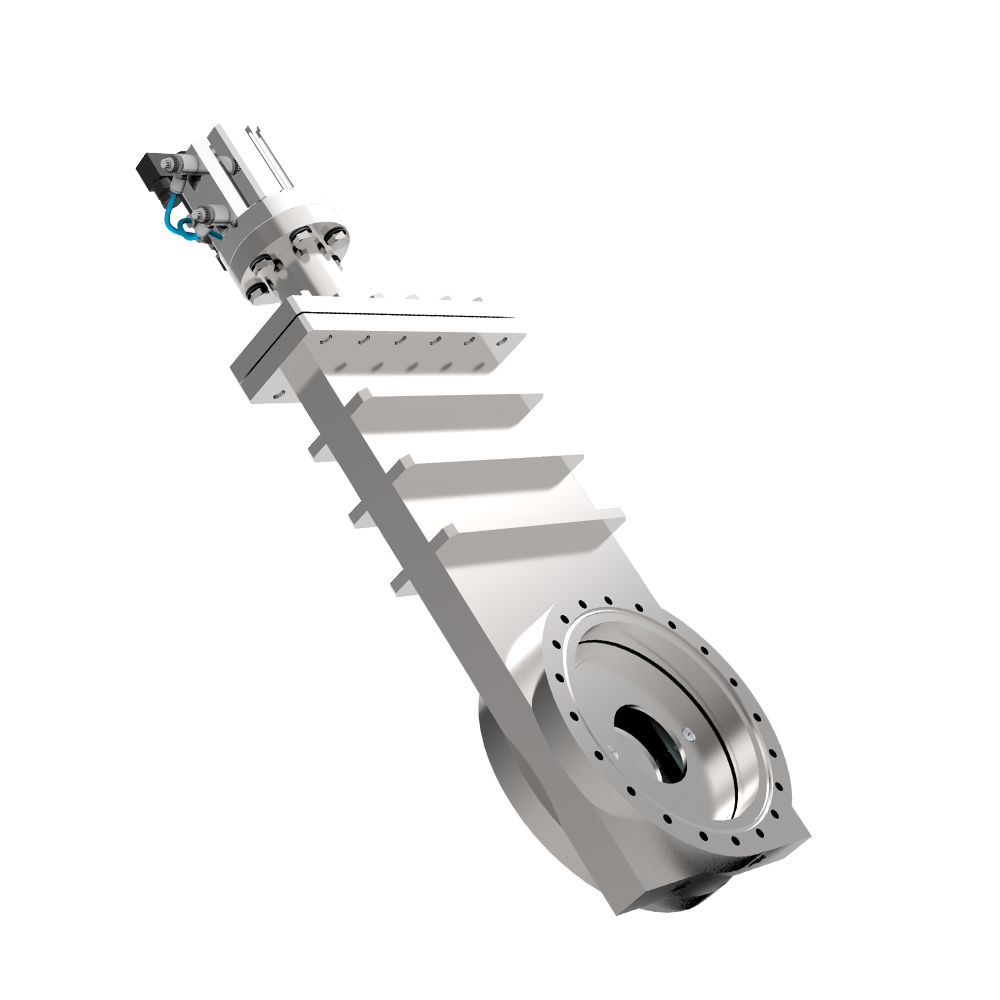
Uses of Bellows Hose
The application of bellows hose and finned bellows in the internal combustion engine cooler, install 1 to 1000 metal bellows with discontinuous convex and concave shape in the cooler shell of the diesel engine or between the two tube plates of the cooling core. The tube method and the welding method are used to fix the tube plate at one end, so that the flow state of the cooling medium is changed, so as to improve the heat transfer coefficient and increase the heat transfer efficiency. The invention is novel in concept, practical in process, low in cost, reliable in performance, high in heat transfer efficiency, non-scaling, long in service life, and low in thermal stress.
- Pressure According to the actual working pressure of the hose, check the nominal diameter and pressure gauge of the corrugation to decide whether to use the stainless steel mesh sleeve type.
- Nominal diameter of the size hose, select the type of joint (mainly flange connection, thread connection, quick joint connection) and size, hose length.
- According to the state of the bellows hose, refer to the correct use and installation method of the metal hose and the optimal length of the hose during settlement compensation. The calculation of the length of the hose is in various states of movement and the minimum bending times and minimum bending radius of the hose. The parameters are correctly selected and installed correctly.
- Temperature The working temperature and range of the medium in the hose; the ambient temperature when the hose is working. When the temperature is high, the temperature correction coefficient of the working pressure of the metal bellows at high temperature must be used to determine the pressure after the temperature correction to determine the correct pressure level.
- The chemical properties of the medium conveyed in the media hose, according to the corrosion resistance parameter table of the hose material, determine the material of the hose parts.
- Vacuum hoses are mainly used in monocry stalline silicon production to achieve negative vacuum.






